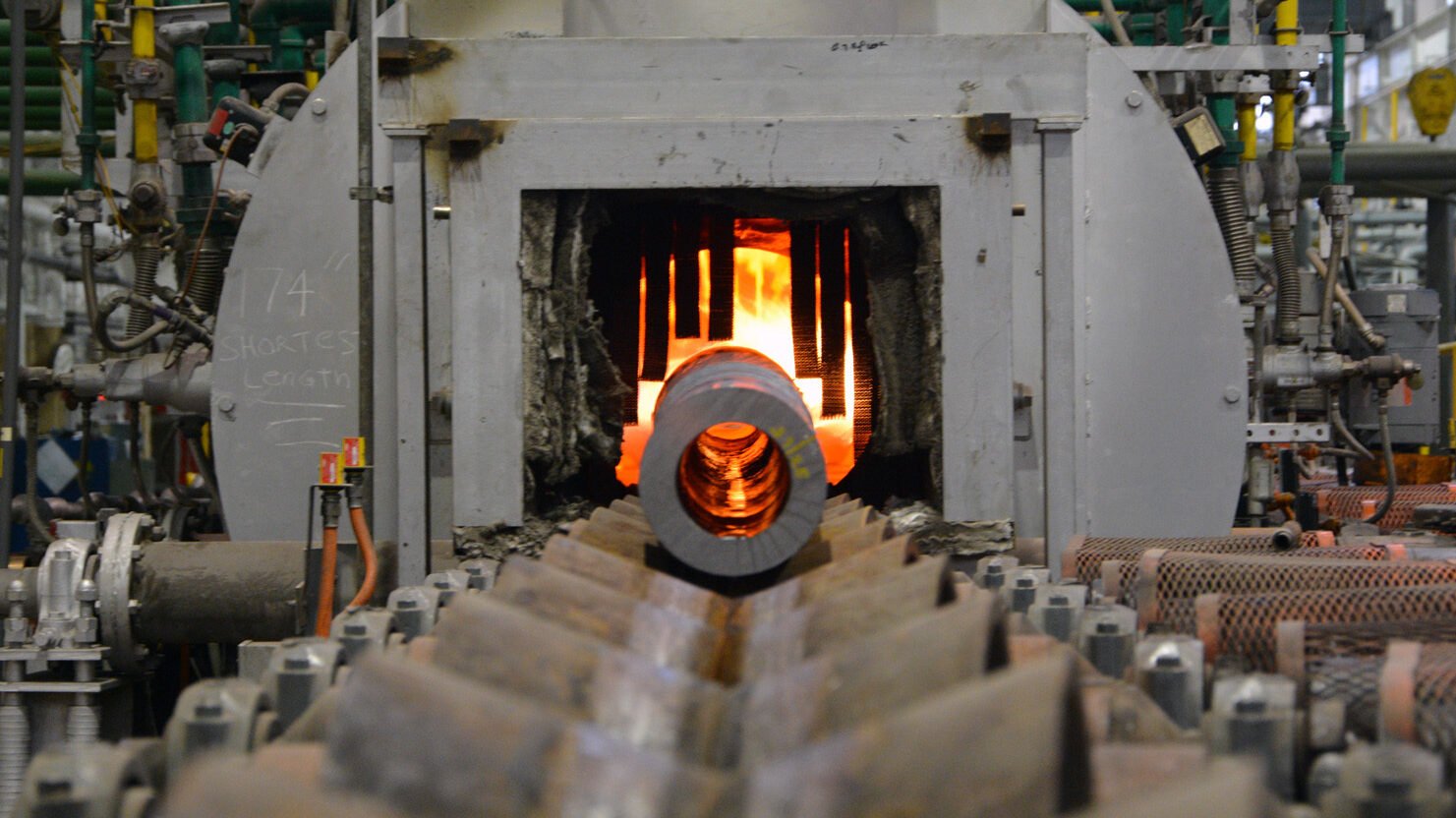FLAVIA CAMARGOS PEREIRA

GVSETS 2023 — With the US Army preparing to invest nearly $4.5 billion over the next 15 years to modernize its Organic Industrial Base (OIB) in order to support a next-generation vehicle fleet, an Army officer said Thursday those dollars will be prioritized towards improvements in tooling, machinery, energy consumption and cybersecurity.
Speaking at the 15th Annual Ground Vehicle Systems Engineering & Technology Symposium, in Novi, Mich, Brig. Gen. Michael B. Lalor, head of the Army Tank-Automotive & Armaments Command (TACOM), said the money will also enable the branch “to build [in] some surge capacity.”
The OIB comprises 23 depots, arsenals and ammunition plants owned by the government. Lalor told the audience that some of the OIB infrastructure “dates back 70, 80 years,” and their modernization will enable integrating robotic processes and removing personnel from hazardous work environments.
“We are going to be able to do more of that capability in the future,” he noted.
This improvement effort is part of the Army’s Organic Industrial Base Modernization Implementation Plan, which was established in 2021 and will comprise over 500 initiatives across the OIB.
Thelmina Myles, branch chief for OIB Modernization and Business Development, pointed out that “each of these projects’ objectives is either safety, health, efficiency, quality green manufacturing and industry 4.0 compliance,” which will involve advancing the use of artificial intelligence.
From her perspective, “the implementation of these priorities is important to ensure the OIB sites are compatible as well as versatile enough to support both enduring and signature modernization systems in the future.”
The improvement of the Organic Industrial Base will cover, for instance, the upgrade of the Red River Army Depot’s Rubber Products Facility, which will automate its cleaning and painting processes and build a new combat platforms center to support the operation of the XM30 Mechanized Infantry Combat Vehicle.
Lalor stressed that Red River “had atrophied over time based on lack of consistent funding and workload,” but now it “is turning hard on Bradley production for Ukraine” and “building some surge capacity.”
In the Sierra Army Depot, the branch is upgrading the rail system to improve material distribution and modernizing the warehouse tracking and management systems.
The Joint Systems Manufacturing Center-Lima, meanwhile, has been updating its production facility and replacing several cranes that have exceeded the operational life.
According to Lalor, the Army is focused on innovation and “on how to do processes differently” in order to be prepared the future systems that will be part of its inventory.
“When I think about all the robots that are coming into our formations and everything, [I wonder] who is going to maintain those robots, how they are going to be maintained and sustained,” he said.
The Next Generation Combat Vehicles program is among the service’s key modernization initiatives alongside Long-Range Precision Fires, Future Vertical Lift, network, Integrated Air and Missile Defense, and Soldier Lethality.
The Army plans to increase investments in its future land platforms and requested $2.696 billion to progress with development and acquisition programs in this domain over the next fiscal year. The proposal is nearly $630 million higher than the FY23 enacted funds.
The Army’s request earmarks around $1 billion in R&D for the maturation of detailed design and prototyping phases of the XM30 program. Other funds were allocated to the Armored Multipurpose Vehicle ($555 million) and Mobile Protected Firepower ($395 million) programs.
The service also proposed $271 million for modernizing combat vehicles with silent watch and mobility, increased operational duration and more onboard electrical power.
No comments:
Post a Comment